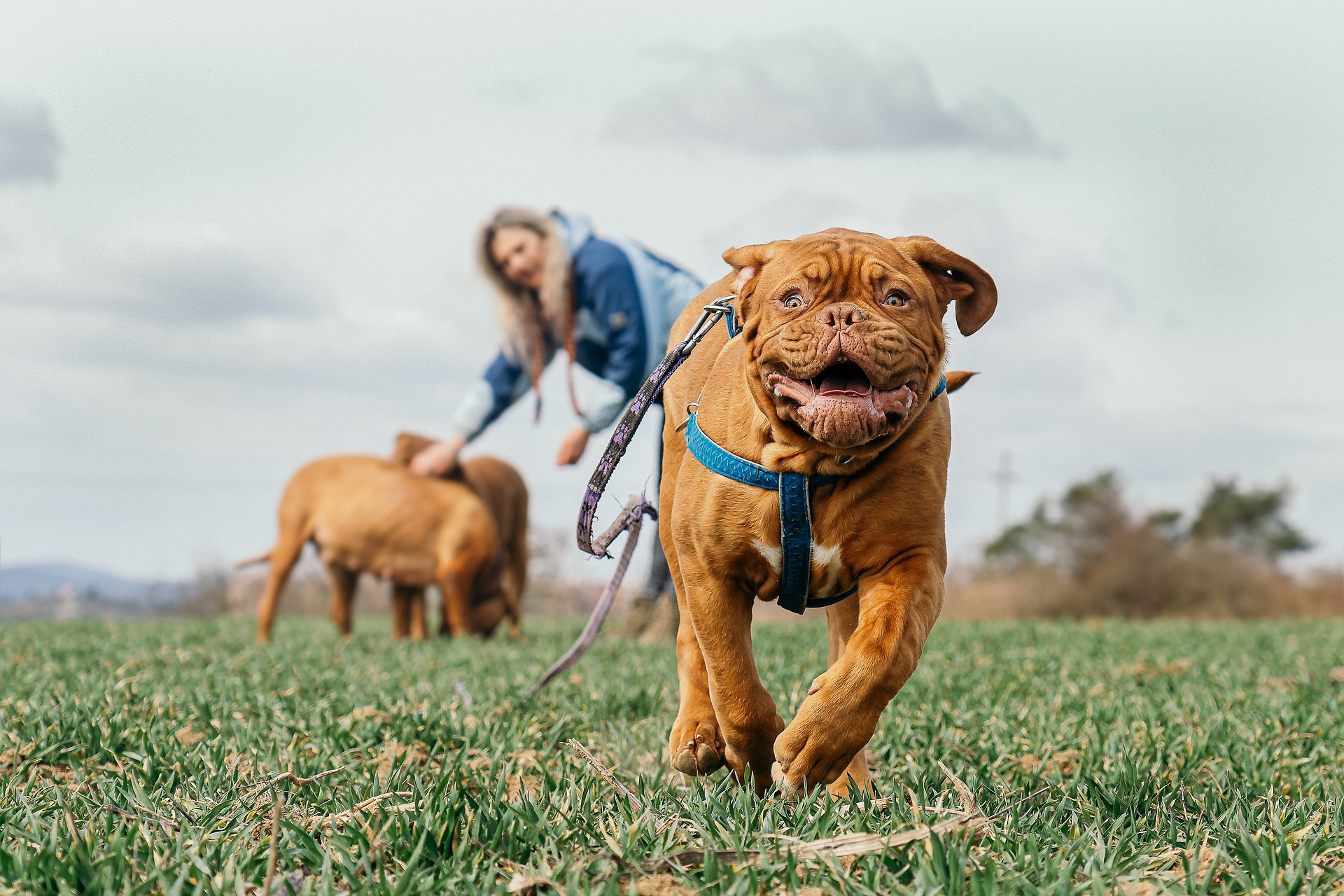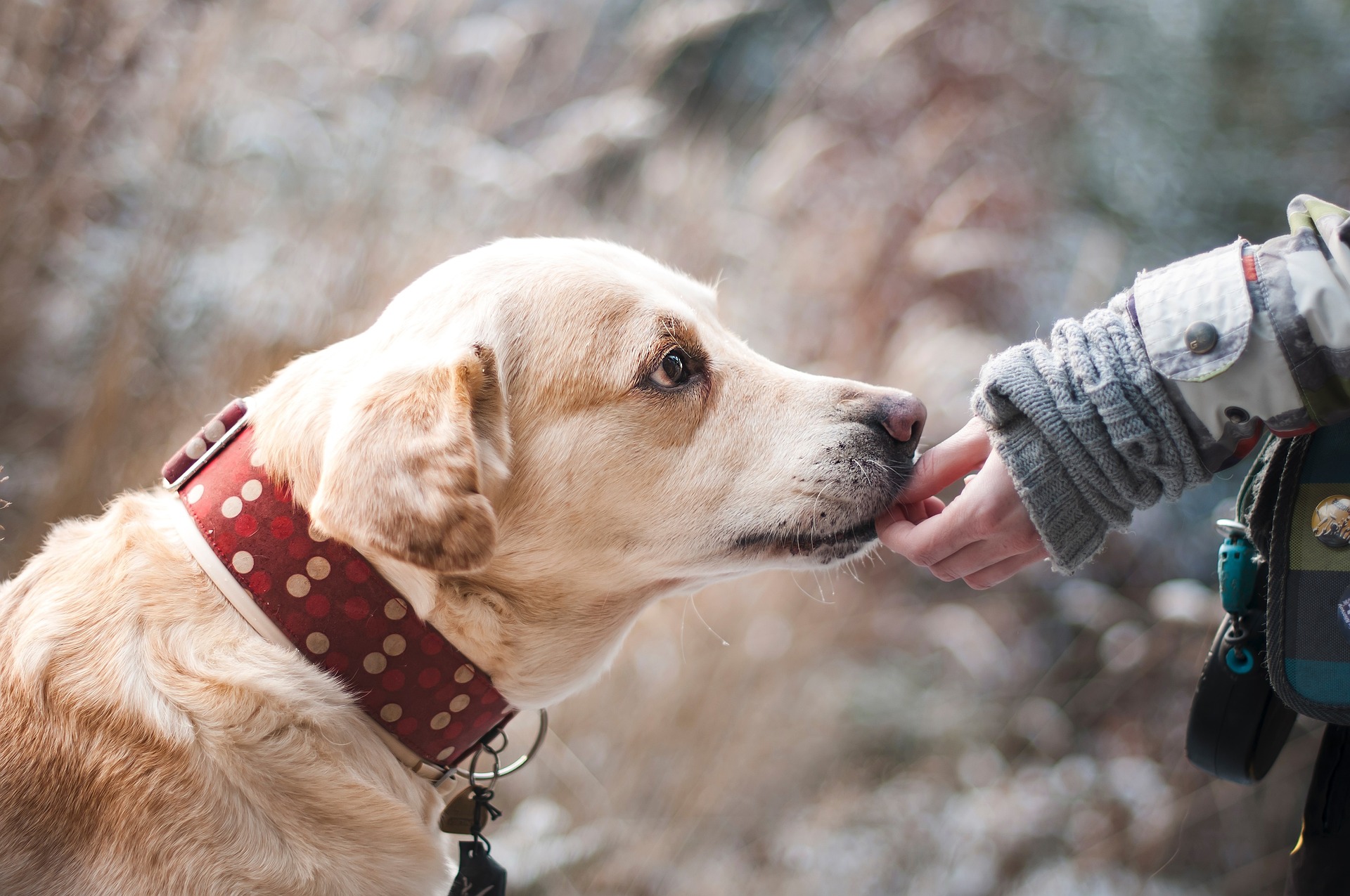Training Your Dog Properly: A Guide to Breed-Specific Techniques
Training your dog is crucial for their well-being and your peace of mind. Different breeds have unique characteristics and temperaments, which can affect how they respond to training. Understanding these breed-specific traits can help you tailor your training approach for the best results. Read below to learn effective dog training techniques and examples of breed-specific training strategies.
Training your dog involves patience, consistency, and understanding. A well-trained dog is not only more obedient but also happier and more confident. Let’s explore general training principles and dive into specific approaches for different breeds.
General Dog Training Principles
Before delving into breed-specific techniques, it’s essential to grasp some universal principles of dog training that apply to all breeds.
- Positive Reinforcement: Reward-based training is highly effective. Use treats, praise, and toys to reward your dog for good behavior. This encourages them to repeat the desired behavior.
- Consistency: Consistent commands and routines help dogs understand what is expected of them. Everyone in the household should use the same commands and reward system.
- Patience: Training takes time. Be patient and avoid punishing your dog, as this can lead to fear and anxiety.
- Short Sessions: Dogs have short attention spans. Keep training sessions brief (10-15 minutes) and focused to prevent your dog from becoming bored or frustrated.
- Socialization: Expose your dog to different environments, people, and other animals to build their confidence and adaptability.
Breed-Specific Training: Labrador Retrievers
Labrador Retrievers are known for their friendly nature and high energy levels. They are intelligent and eager to please, making them highly trainable. However, their exuberance can sometimes be a challenge.
- Obedience Training: Labs respond well to basic obedience training, such as sit, stay, and come. Start training early to harness their eagerness to learn.
- Exercise: Labradors need plenty of physical activity. Incorporate fetch, swimming, and long walks into their routine to burn off excess energy.
- Socialization: Labs are social dogs. Regularly introduce them to new people and environments to prevent shyness or aggression.
Breed-Specific Training: German Shepherds
German Shepherds are intelligent, loyal, and versatile. They excel in various roles, from family pets to working dogs. However, their intelligence requires mental stimulation to prevent boredom and destructive behavior.
- Advanced Obedience: German Shepherds thrive on advanced training. Teach them complex commands and tasks, such as agility courses or search-and-rescue games.
- Protective Instincts: Their natural protective instincts can be channeled positively through guard dog training or scent work.
- Socialization and Boundaries: Socialize them early and often. Establish clear boundaries to prevent overprotectiveness.
Breed-Specific Training: Beagles
Beagles are known for their strong sense of smell and curious nature. While they are friendly and affectionate, their independent streak can make training a bit more challenging.
- Scent Work: Engage their powerful noses with scent-based games and tasks. Hide treats or toys and encourage them to find them using their sense of smell.
- Leash Training: Beagles can be prone to wandering due to their tracking instincts. Focus on leash training and recall commands to ensure they don’t stray too far.
- Positive Reinforcement: Beagles respond well to positive reinforcement but can be stubborn. Consistent rewards and patience are key.
Breed-Specific Training: Border Collies
Border Collies are renowned for their intelligence and work ethic. They excel in herding and agility but require significant mental and physical stimulation.
- Agility Training: Border Collies thrive in agility training. Set up obstacle courses to challenge their minds and bodies.
- Task-Oriented Games: Engage them with complex tasks and games that require problem-solving, such as hide-and-seek or fetch variations.
- Routine and Structure: These dogs need a structured environment. Establish a daily routine that includes exercise, training, and playtime.
Useful Tips and Facts
- Training Timing: Train your dog when they are alert and not tired. Morning sessions often work best.
- Consistent Commands: Use the same words and tone for commands to avoid confusing your dog.
- Professional Help: If you encounter challenges, consider consulting a professional dog trainer, especially for breed-specific advice.
- Socialization Period: The critical period for socialization is between 3 and 14 weeks of age. Expose puppies to various stimuli during this time.
- Breed Research: Understanding your dog’s breed characteristics can inform your training approach and expectations.
Conclusion
Properly training your dog enhances your bond and ensures their safety and happiness. While general training principles apply to all dogs, understanding and utilizing breed-specific techniques can optimize your training efforts. Whether you have a playful Labrador, a protective German Shepherd, a curious Beagle, or an intelligent Border Collie, tailored training can help your dog reach their full potential. Embrace the journey of training your dog and enjoy the rewards of a well-behaved and contented companion.





